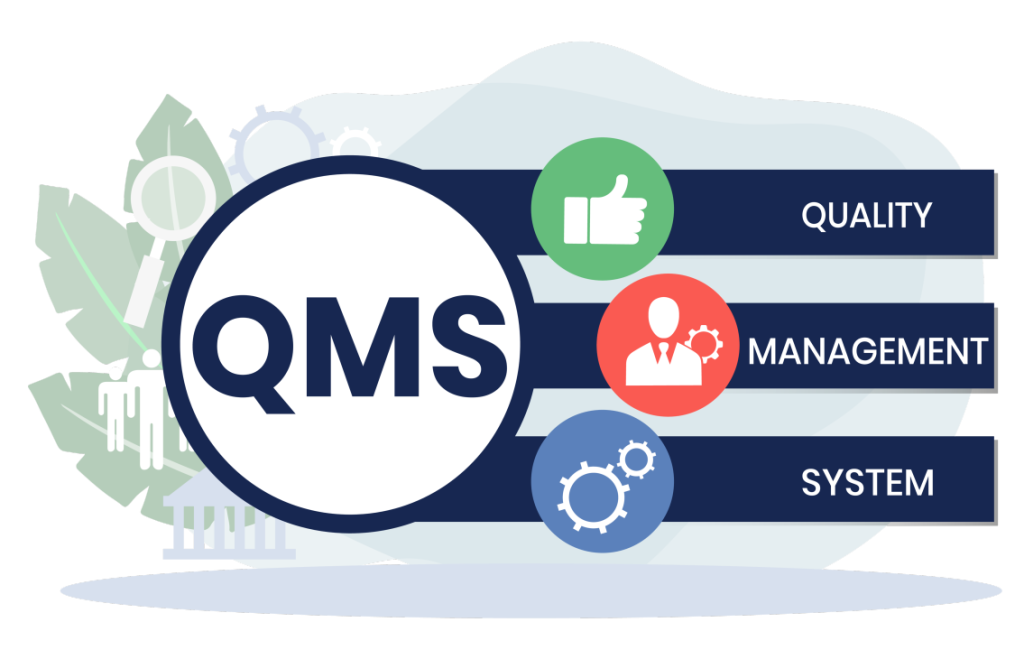
- ISO 9001 uses the concept of “scope” in various contexts, including the standard itself, the management system, certification, and audits, each serving different purposes within the quality management framework.
- The scope of your management system defines what parts of your business are covered by your QMS. In contrast, the scope of certification specifies what is included in the ISO 9001 certification, often based on readiness or business needs.
- Understanding and clearly defining these scopes are crucial for ensuring compliance, managing audits effectively, and maintaining a robust Quality Management System.
In ISO 9001, the term “scope” is used in several contexts, and understanding each is crucial for effective quality management. The first context is the scope of the ISO 9001 standard itself, which outlines the requirements applicable to an organization. Unless certain activities are exempt, the standard typically applies to a company’s Quality Management System (QMS).
The second context is the management system’s scope, which defines the areas of the business covered by the QMS. This scope must be documented, and parts of the business cannot be arbitrarily excluded. For example, if an area of the company is not included in the QMS but affects product quality, it must still be controlled, similar to an external provider. Determining this scope is a strategic decision, often involving considerations like specific locations or customer needs.
The third context is the scope of certification, which generally aligns with the management system’s scope but may be narrower based on readiness or business strategy. An external auditor will review this scope, which must be clearly defined on the ISO 9001 certificate to communicate precisely what is covered.
Lastly, the audit scope pertains to the specific locations, activities, and processes that an internal or external audit will cover. For certification audits, the scope matches that of the certification, while internal audits can be broader or narrower, depending on the organization’s needs.
Understanding how these scopes relate is essential for managing a QMS effectively. For example, the management system’s scope in a business with multiple locations might cover all sites, but the certification might initially focus on just one. Over time, as systems mature, the certification scope can expand.
Understanding and clearly defining the different scopes within ISO 9001 is fundamental to maintaining compliance and ensuring that all aspects of the QMS are effectively managed and audited.


Leave a Reply
You must be logged in to post a comment.